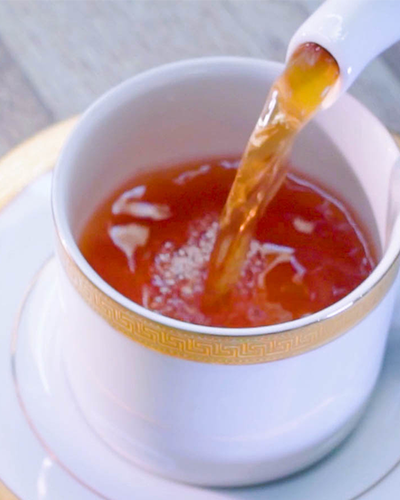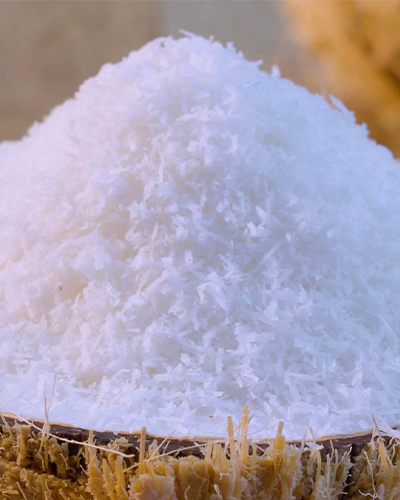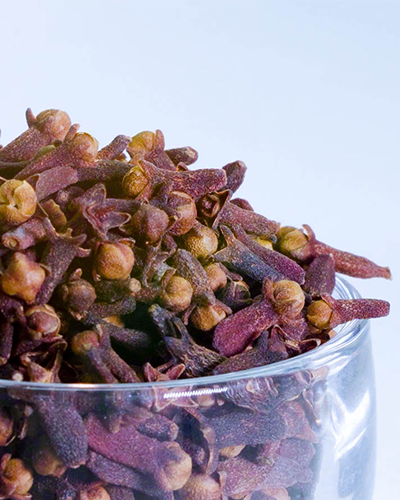Desiccated coconut in Fine Grade,
Medium
Grade, Threads, Chips, Toasted Chips
High
quality tea exporter since 1973.
Nutmeg,
Mace, Cinnamon, Pepper, Cloves.
Premier
Private label packer
Desiccated coconut in Fine Grade,
Medium
Grade, Threads, Chips, Toasted Chips
High
quality tea exporter since 1973.
Nutmeg,
Mace, Cinnamon, Pepper, Cloves.
Premier
Private label packer
Desiccated coconut in Fine Grade,
Medium
Grade, Threads, Chips, Toasted Chips
High
quality tea exporter since 1973.
Nutmeg,
Mace, Cinnamon, Pepper, Cloves.
Premier
Private label packer
Play Video

DR.SHABBIR GULAMHUSEIN
FOUNDER OF ADAMEXPO
OUR STORY
With Adamexpo, you can find your
ideal
business partner. We have been in
the
business of tea since 1973. Ours is
a
family owned manufacturing and
export
conglomerate that is one of the
largest
exporters to the CIS region, USA,
Europe
and the Middle East.,
We have the expertise to make your business vision a reality. We fully own and operate a 150,000 square foot facility for processing and packing tea. We offer a wide range of packaging catering to individual tastes and diverse markets.
Adamexpo is one of the largest exporters of black, flavoured and herbal teas and we specialize in private label packing. We own and operate the latest tea bagging machines to cater to any requirement, from high end heat sealed alufoil envelope teabags, double chambered staple free tea bags, single chambered teabags to pot bags.
Our key strengths are a handpicked, highly motivated workforce and detailed attention to customer service. We take great pride in being “perfectionists in tea” and we look forward to working with you.
We have the expertise to make your business vision a reality. We fully own and operate a 150,000 square foot facility for processing and packing tea. We offer a wide range of packaging catering to individual tastes and diverse markets.
Adamexpo is one of the largest exporters of black, flavoured and herbal teas and we specialize in private label packing. We own and operate the latest tea bagging machines to cater to any requirement, from high end heat sealed alufoil envelope teabags, double chambered staple free tea bags, single chambered teabags to pot bags.
Our key strengths are a handpicked, highly motivated workforce and detailed attention to customer service. We take great pride in being “perfectionists in tea” and we look forward to working with you.
PRESIDENTIAL AWARD
Adamexpo won the presidential award consecutively for two years as the best exporter for the years 2013 & 2014.


DR.SHABBIR GULAMHUSEIN AND MR.TAHER GULAMHUSEIN

MR.IDRIS SHABBIR
PROPRIETOR,
ADAMEXPO
Our personal touch
With our origins as a family owned business, we strive to treat all our clients and employees as family. The warmth and personal touch that this encompasses sets us apart from other companies the world over. We listen to our clients and help them grow. After all their success is our success and we do our best to help our clients conquer the markets they operate in. Time and again we have nurtured new clients to become market leaders in the regions they work in. Our client’s needs are always our priority. Keeping this focus has helped us become more than just a company that exports tea, we are a total solutions provider for private labelling and packing offering a range of teas and herbs from around the world. Our core competencies include tea, desiccated coconut and spices and we have been leaders in these fields for decades. Since our expertise and experience is varied and immense and we would like nothing more than to be a part of your success story.

Our Standards

FSSC 22000

FSSC 22000
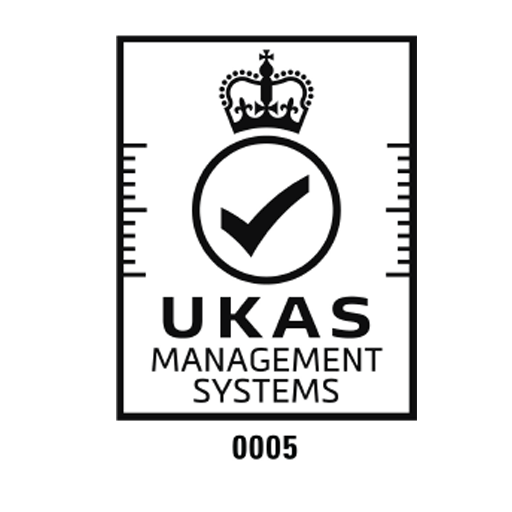
UKAS

ISO 22000

SMETA SEDEX

Fairtrade

FDA Approved
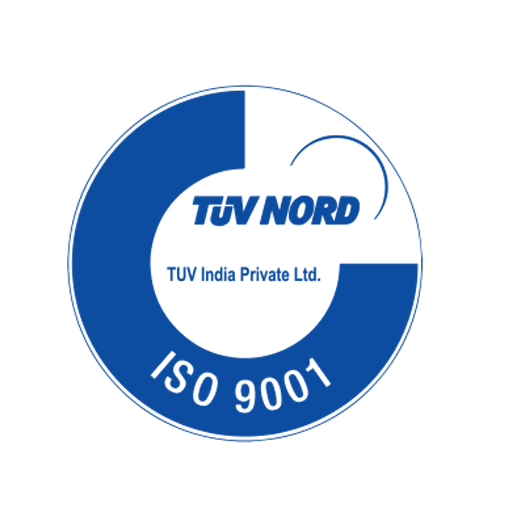
ISO 9001

Kosher
Our Speciality
FAIR PRICING STRUCTURE
ASSURANCE OF SUPPLY
RESPONSIVENESS
ETHICALLY MADE PRODUCTS
ENVIRONMENT AND SAFETY
QUALITY
Contact
- +94 11 760 8500
- +94 11 793 0670
Address
No. 370, Sedawatta
Road,
Wellampitiya,
Sri
Lanka.


